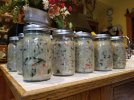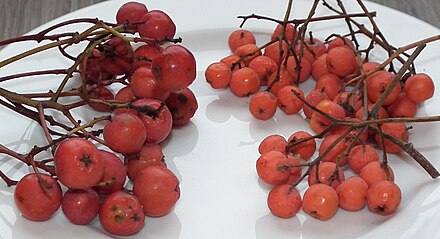Alreadyin4thDensity Love
Jedi Master
The first one looks ok, though I don't recognize the brand, but it looks as if it has a "pop-down" lid to indicate a good seal. The second one makes me nervous (it looks like commercial pickle jar that's been cleaned for re-use), but again, without seeing in irl, I couldn't tell
North America has a standard style of jars in use. In Canada they're called Bernardin, in the States, Ball brand. In the end they seems to be made by the same company. When you buy a flat, they come with matching sealers and rings. Jars can be found second hand but must still be matched with the sealers/rings.
As you can see they've almost doubled in price from a couple of years ago. I always try to get two packs of sealers for every flat purchased.
Amazon.com: Ball Regular Mouth Jar Lids (6 Pack): Kitchen & Dining
Shop Ball at the Amazon Cookware store. Free Shipping on eligible items. Everyday low prices, save up to 50%.www.amazon.com
There's some new types of lids being sold that are supposedly reusable, but they're tricky, and I have no experience with them.

Those from the Amazon are pretty much expensive for me because of the import costs and I would get just 32 fluid ounces per each.
The second one could be "commercial pickle jar" that was cleaned for re-use, however it may be new as well, and new lids can be bought separately.



